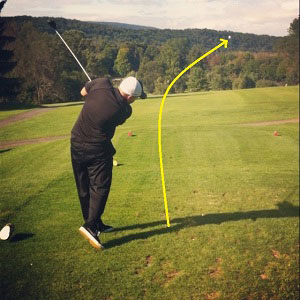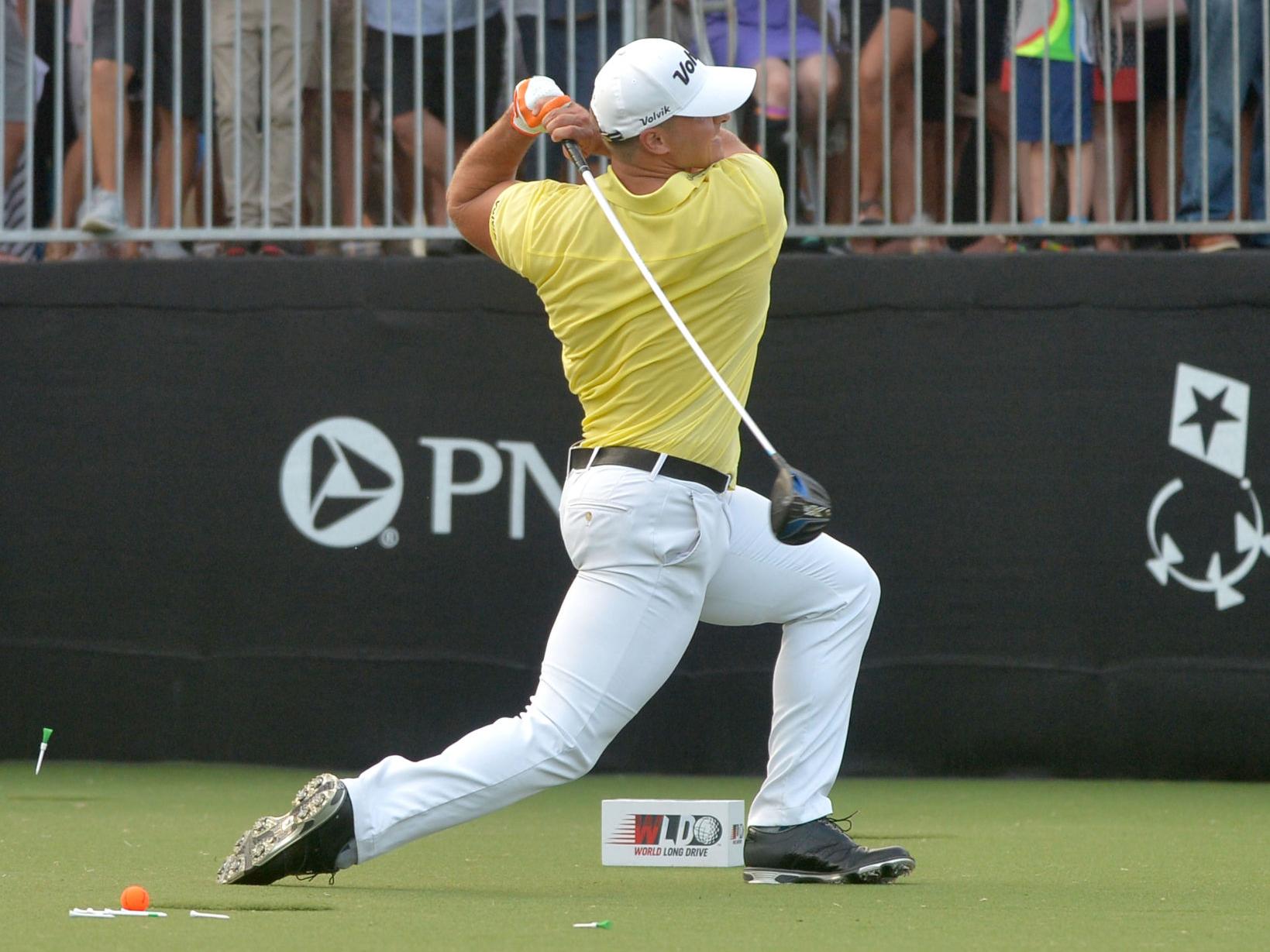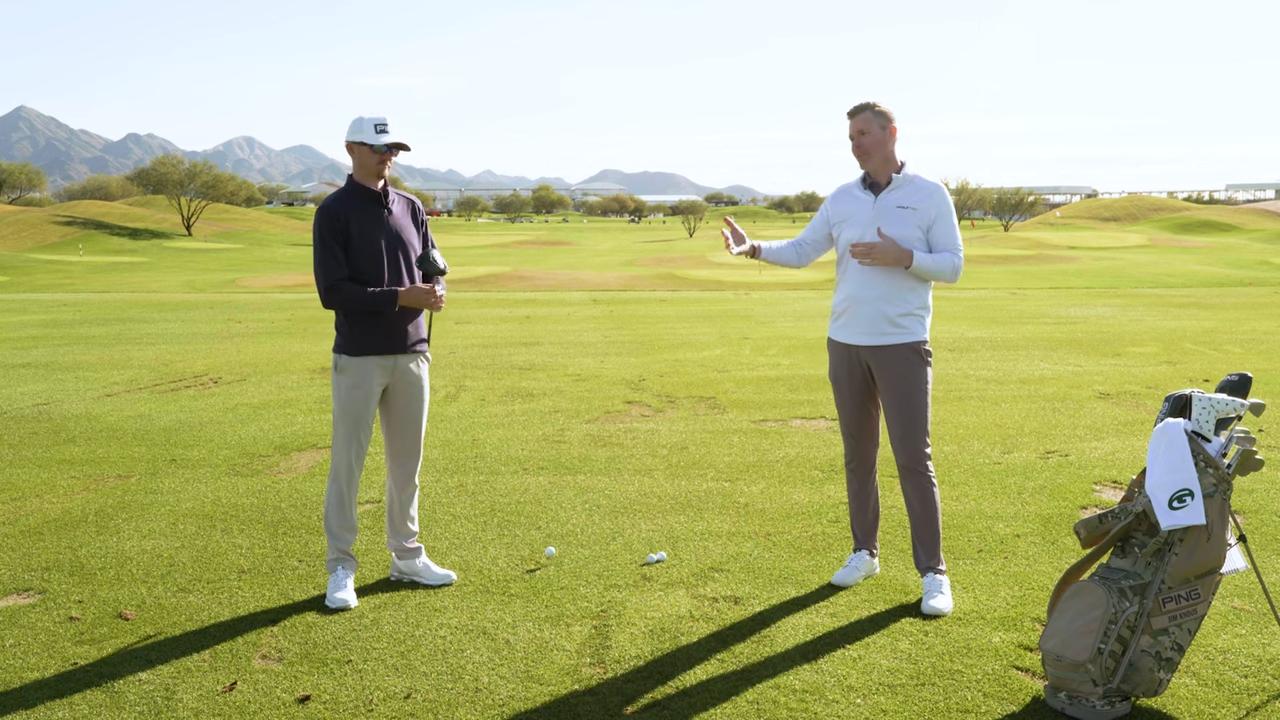
Putting greens can make or break your golf game. Before you can play on the actual course, you must practice on it. Rain, too much or too little water, or improperly cut greens all affect the performance of your greens. There are many ways you can prepare for the green. To get a better understanding of the green conditions, it is important that you play golf on many courses. It is essential to practice on several courses in order to learn how green conditions change each day.
Putting green

A putting course for golf can be a great practice area. They are typically rectangular, though some have curved ends. Curved mats are more convenient than the rectangular ones, according to some people. Stimp meters are a popular tool for measuring the speed on a putting green. It won't take long to get comfortable with your green.
Types
There are many varieties of golf greens. Some are flat, making them great for practicing low-spin shots. Others are more difficult. Whatever the case, it's important to have a golf putting green with enough space for low-spin shots. There are many different shapes and sizes of greens, but the majority are oval or oblong. You can choose to have the greens flat or slightly sloped. There are contours on all sides. Your choice in putting green design is mostly up to you.
Sizes
Although the sizes of golf putting areas vary, there are some general guidelines. First, images of putting greens must be scaled to one inch per five yards. A book containing images of putting-greens must not be larger than 4 1/4 by 7 inches. You can have nine holes on one sheet, but hole location sheets must not exceed 4 1/4 inches by 7 inches. Magnification of the putting green information is permitted, but only for those wearing prescription glasses.
Cost

Costs for golf putting greens vary depending on the material used and the size of the installation. A synthetic putting course can cost up to $20 per square feet, while a real one can be as low as $.70 per sq. foot. It is important to consider the size of your green, as larger greens will require more materials and take longer to install. A professional putting green installation is likely to cost anywhere from $18,000 to $24,000.
Placement
One of the most important parts of a golf putting green is its pin placement. This helps players choose how to approach the green. It may take longer to place the pin on the back side of the green than it does on the front. Players need to choose where they want to place their ball. Pin placement on golf courses can vary from one day of the week to another. This is because superintendents rotate pin positions on each green.
FAQ
What kind of clothing do I need to wear on the course
Dress appropriately for golf. The following should be your attire
-
Shoes that fit comfortably - Your feet should be snugly supported by the shoes you choose. They should offer support and stability.
-
Lightweight trousers and shorts - The bottom of the pants should reach your knees. Trousers should not be too long to allow for easy bending.
-
Long-sleeved shirt - Your shirt should protect you from the sun. You should have good ventilation.
-
Sweatpants or shorts - Pants should be loose-fitting and comfortable. They should allow you freedom of movement.
-
Socks – Choose socks that are soft and comfortable.
-
Hat – Make sure you choose a hat that fits comfortably. It should cover the ears and neck.
-
Sunscreen lotion- Before you go on the golf course, apply sunscreen.
What does a good swing look like?
Balance is key to a good golf swing. Balance refers to being steady throughout all movement. Your arms should be strong and relaxed while you swing the golf ball. Keep your shoulders straight and parallel to the target line.
Keep your head straight during the backswing, and then follow through. Swing gracefully and avoid jerking the wrists. You should not forcefully hit the ball. Instead, you should focus on fluid, smooth movements.
What equipment should a golfer bring?
Golfers must dress appropriately for the weather. A shirt, long trousers, and well-gripped shoes are all recommended. Player should protect their eyes with sunscreen and sunglasses while playing outdoors.
To wipe off sweat from your body and face after exercise, it is a good idea to bring a towel. Additionally, you should bring a hat.
What type of clubs should you use?
There are many different types of clubs. Most players start out with a driver - a heavy metal club that allows them to hit the ball further. Other clubs include woods, irons, wedges, and putters.
Woods, which are longer clubs, allow players the opportunity to be as close to a pin as possible without having to make a shot. They are typically used for long drives and approaches.
Irons are shorter clubs that are designed to help players hit the ball closer to the pin. They are often used to chip and putt short distances.
The wedges are specialized clubs that control the ball's flight path. These are used to direct shots that require precise direction.
Putters can be described as small clubs that are used to kick the ball towards the cup. They are used by players to make short putts.
The type you make depends on the type club you use. Different types of shots work better in different clubs.
For example, drivers are useful for hitting the ball far away from the hole. Wooden can be used to drive the ball far distances. Irons are excellent for short shots. It is easy to control the ball's flight with a wedge. Putters work well for rolling a ball into the hole.
Are there any skills required to play golf?
No. All you need are a pair walking shoes, towel, and a couple of clubs.
Can you teach me how to play the game of golf?
Yes. You can take lessons at several schools to learn how golf is played. You will have to buy new equipment, including a set golf clubs.
What should I bring for a golf trip?
Take some snacks and drinks with you. You should also bring along your favorite tee shirt and sunglasses.
Statistics
- They do this by means of assessing and rating courses according to the average good score of a "bogey golfer," a player with a handicap of around 20. (en.wikipedia.org)
- They do this by means of assessing and rating courses according to the average good score of a "bogey golfer," a player with a handicap of around 20. (en.wikipedia.org)
- Buying a set of Titleist or Taylor-Made irons for nearly $1,000 is simply not necessary and likely a waste of money. (golficity.com)
- Professional golfers typically make between 60% and 70% of greens in regulation. (en.wikipedia.org)
External Links
How To
How can you play better when the wind blows?
Golf is played in open areas on grassy areas. It is one of the most popular sports around the globe. There are many different types of golf courses all over the world. Indoors, like indoor arenas and shopping malls, you can also play golf. You must hit golf balls into a series of holes. Each hole features a fairway and rough, hazards (e.g.. water), and a teebox. You can choose to use a driver, wedge (long iron), or putter depending on what type of shot you are looking for. The rules may dictate that players must carry the ball at a certain distance before hitting the ball. Others may not have to do so. The conditions that a player experiences when playing outdoors golf can have an impact on how they hit their shots. These conditions include speed, temperature and humidity.
There are two main types of winds: crosswinds and headwinds. Crosswinds blow from left to right, while headwinds blow from right to left. If the wind is blowing towards the golfer, then he/she is hitting against the wind; if it is blowing away from him/her, then he/she will be hitting with the wind. Because the ball tends higher and farther in strong winds, it is more difficult to play golf. It is difficult to control the ball's trajectory and direction. To overcome these problems, players should keep their club faces perpendicular towards the ground. They strike the ball in a way that allows them to make full contact with it and get maximum power out of it. However, even though the ball flies lower in stronger wind, it travels farther due to increased air resistance.
Playing golf in the wind requires a lot of practice. Wind affects the flight path and trajectory of the ball. A great golfer should be aware of what type of wind is blowing in the area. He/She would adjust the swing to compensate so that the ball can be hit cleanly and with minimal energy. The wind's location is another important consideration. The wind is not always consistent in its direction. For example, the wind from the ocean tends to be quite light, but it's often stronger near shoreline. Similar to this, wind blows strongly close to the ground. The golfer must therefore pay attention to the wind direction as well as intensity.
Golf in the wind is a constant adjustment process. Your swing must be aligned correctly and you need to keep an eye on the wind. Learn how to read and adapt the wind to your swing.